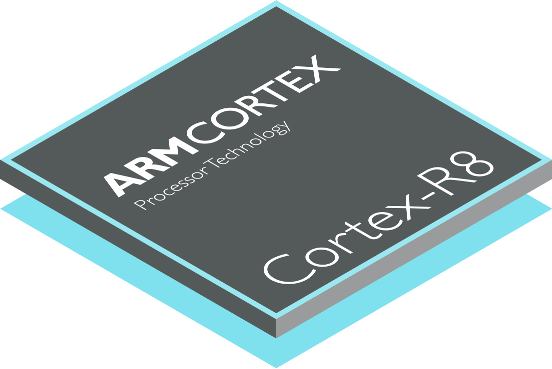“5G will revolutionize mobile communications as it delivers the ability to significantly increase data rates, offering a far better mobile experience,” said James McNiven, general manager, CPU Group, ARM. “The Cortex-R8 is the most powerful real-time CPU available and its unrivalled performance will make it instrumental in the creation of 5G modems. It will form the communications heart of future smartphones, tablets, connected cars and IoT.”
ARM has been the number one CPU architecture in cellular modems since the first generation of GSM devices in the 1990s. It has formed the backbone of more than 20 billion cellular devices worldwide and continues to do so in the latest smartphones and connected IoT products that will be unveiled at Mobile World Congress in Barcelona next week.
“The ARM architecture is the trusted standard for real-time high-performance processing in modems,” said Daniel Diao, deputy general manager, Turing Processor Business Unit, Huawei. “As a leader in cellular technology, Huawei is already working on 5G solutions and we welcome the significant performance uplift the Cortex-R8 will deliver. We expect it to be widely deployed in any device where low latency and high performance communication is a critical success factor.”
ARM silicon partners have already begun design work. SoCs based on the Cortex-R8 targeting the mass storage market segment are likely to be available in 2016. Modem designs using Cortex-R8 processors will support the rollout of the new LTE-Advanced Pro and 5G standards. The Cortex-R8 is also compatible with existing software so design cycles will be reduced, allowing developers to extend their real-time product ranges based on a single CPU architecture.

















